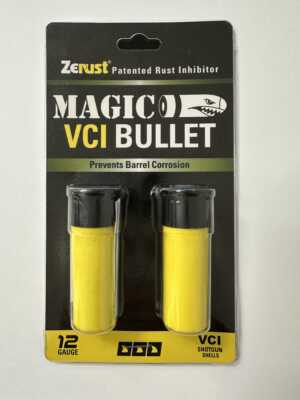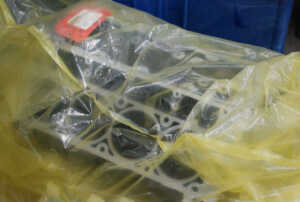Do I Still Need a Bicycle Cover for Rust Prevention In a Garage?

Do I Still Need a Bicycle Cover for Rust Prevention In a Garage?
Everyone who owns a bicycle needs to consider storage. After all, it’s got to go somewhere when you’re not riding it. But some cyclists are under the impression that if they store their bike in a garage, they won’t need to bother with a rust prevention bicycle cover also. This assumption overlooks the reality that very few airtight, watertight, dust-free, temperature-controlled garages exist – and that’s what it would take to guarantee bike rust prevention in a garage.
Of course, garage storage is almost certainly better for your bike than shed storage – and both are better than outdoor storage. But sheds are built with varying quality, poor temperature control (which can speed up the chemical reaction that causes rust), and prone to penetration of ambient humidity. Those with an open air system can also collect due in the morning, which can lead to condensation – a major problem when you’re trying to prevent rust.
Garages are much better equipped to prevent rust-related issues, but they’re rarely free from dust and can’t always ward off humidity (depending on the construction and local environmental factors). A quality bicycle cover can go a long way to prevent rust and corrosion of key bike components. 
Bicycle Cover Benefits – Even With Garage Storage
While storing a bicycle in a garage certainly offers a degree of protection from the elements, a bike cover can offer additional protection in helping to prevent rust and maintain the overall condition.
Here’s why:
- Dust and Dirt Protection. Even in a garage, dust and dirt can accumulate over time. A cover acts as a barrier, preventing dust particles and dirt from settling on the bike’s surfaces. Dust and dirt can contribute to rust formation, especially when combined with moisture or humidity.
- Moisture and Humidity Control. Garages can still experience fluctuations in temperature and humidity levels, especially if they are not climate-controlled. A bicycle cover helps to reduce the exposure of your bike to these conditions. Moisture and humidity are major catalysts for rust, and a cover can minimize their impact on your bicycle.
- Protection from Accidental Scratches and Bumps. A bicycle cover adds a layer of protection against accidental scratches, bumps, or minor impacts that can occur in a busy garage. It acts as a cushioning barrier, shielding the bike from potential damage caused by other stored items, tools, or vehicles.
- UV Protection. If your garage has windows or receives direct sunlight, a bicycle cover can provide protection against UV rays. Prolonged exposure to sunlight can fade the bike’s paint, decals, and other materials, as well as degrade rubber components. A cover helps to shield your bicycle from harmful UV rays, preserving its appearance and integrity.
- Pest Prevention. Garages can attract pests like rodents or insects that may cause damage to your bike. A bike cover can act as a deterrent, making it less inviting for pests to nest or gnaw on your bike’s components.
All of these are particularly important if your garage isn’t fully sealed, has poor ventilation, or allows for any environmental exposure.
Note that an ordinary bike cover could actually do more harm than good if it traps moisture inside. That could accelerate the rust/corrosion process. A Zerust rust prevention bicycle cover can provide additional protection against this particular threat, because it’s got vapor corrosion inhibitors right in the material. Using this with garage storage will ensure your bike keeps rolling rust-free for years to come.
cu*************@************ts.com“>Contact Zerust for information on bicycle covers and bike rust prevention by emailing us or calling (330) 405-1965.
Additional Resources:
More Blog Entries:
Minimizing Winter Motorcycle Rust Risk With Proper Cover & Other Precautions, Jan. 15, 2023, Zerust Rust Prevention Blog




